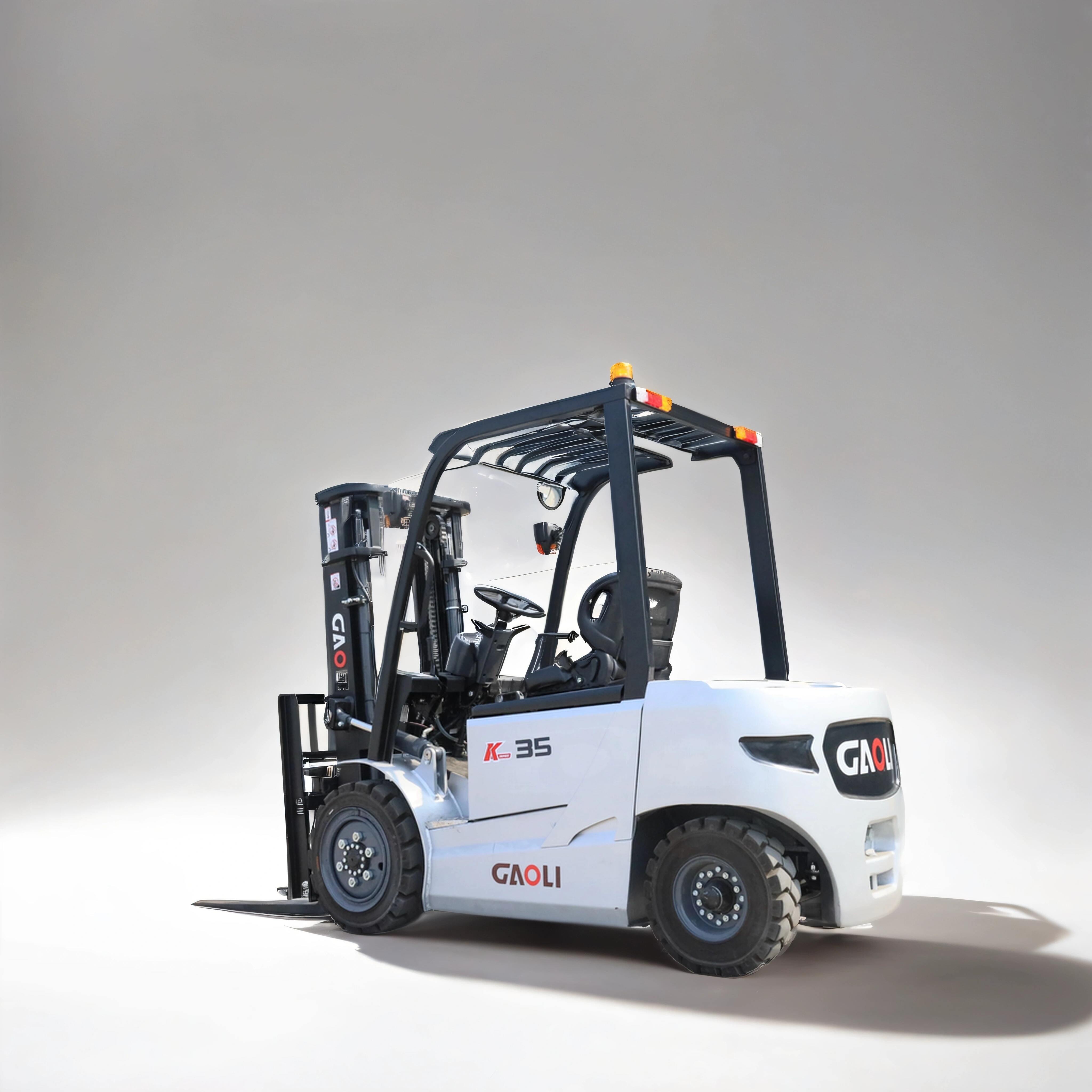Enhanced Stability and Safety
Stability is paramount in material handling, and forklift fork extensions play a significant role in improving it. By providing a larger surface area for load distribution, these extensions help to maintain balance and reduce the risk of tipping or accidents. This enhanced stability is especially important when transporting heavy or awkwardly shaped loads, as it ensures the safety of both the operator and the goods being moved. A safer work environment leads to fewer incidents, lower insurance costs, and compliance with health and safety regulations. The value of this feature is immeasurable, as it promotes a culture of safety within the workplace.


